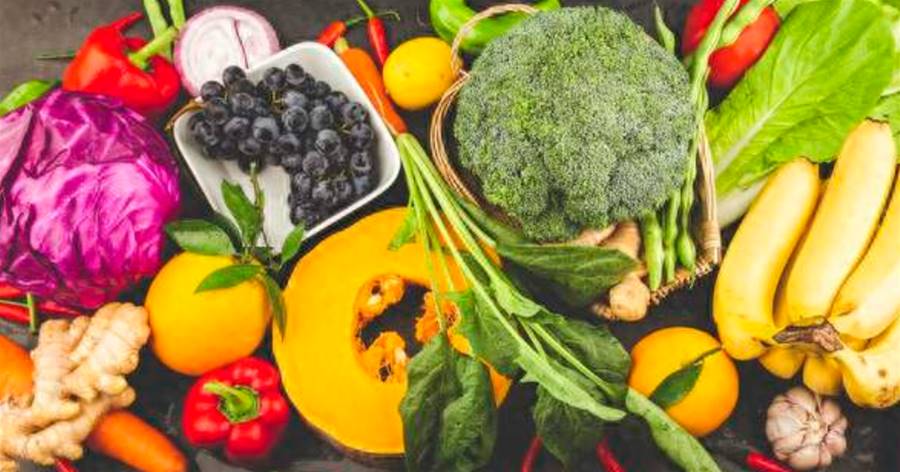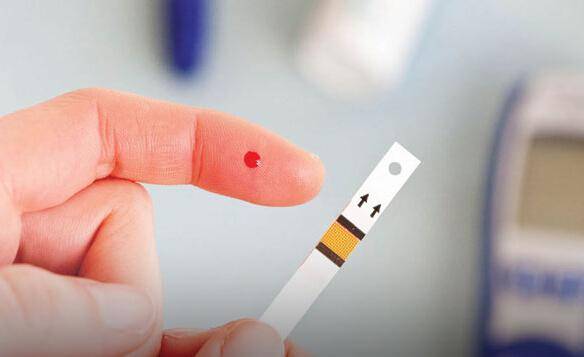
1. Tartary buckwheat
Tartary buckwheat contains 19 kinds of amino acids, including 8 kinds of essential amino acids for the human body. It is rich in dietary fiber, and the content of flavonoids ranks first among cereals. The contents of magnesium, potassium, iron, and chromium are higher than other cereals.

Tartary buckwheat also has various health care functions, such as lowering blood sugar, blood pressure, blood lipids, preventing obesity, atherosclerosis, etc., mainly due to flavonoids and dietary fiber.
Studies have found that eating more tartary buckwheat in daily life can reduce fasting blood sugar, 2-hour postprandial blood sugar, glycated hemoglobin, total cholesterol, low-density lipoprotein cholesterol, and systolic blood pressure (i.
e. high pressure) levels to a certain extent, that is, It is said to be good for controlling the three highs.

2. Oats
The beta-glucan contained in oats has the effect of lowering blood sugar after meals. Because of this, oats have become an ideal staple food for diabetic patients.
The saponins, proteins and other substances contained in oats can not only prevent arteriosclerosis, diabetes, coronary heart disease, but also have a good auxiliary therapeutic effect on fatty liver, constipation, etc.
To get the blood sugar-lowering benefits of oats, be sure to buy oats that require cooking.

3. Green leafy vegetables
Green leafy vegetables can meet the body's needs for micronutrients. At the same time, green leafy vegetables are rich in dietary fiber, which not only enhances the feeling of satiety, but also delays the rise in blood sugar after meals.
It is recommended to include green leafy vegetables in every meal, preferably at least half a catty per day.

4. Various low-glycemic beans
Various legumes that can be used for cooking noodles and soup, such as red beans, mung beans, kidney beans, lentils, chickpeas, dried peas, etc., are all low-glycemic ingredients.
It is recommended to add them to your staple food so as not to affect your health. Your own gastrointestinal digestion is the premise.

5. Bacteria and algae food
Bacteria and algae foods, such as kelp, seaweed, wakame, black fungus, tremella and other foods, are rich in soluble dietary fiber, which can delay the rise in blood sugar after meals and help diabetic patients control blood sugar after meals.
Not only that, bacteria and algae food can supplement B vitamins and minerals that diabetics are prone to lack.
It is recommended that diabetic patients eat about 1 tael of fungi and algae food every day.



















